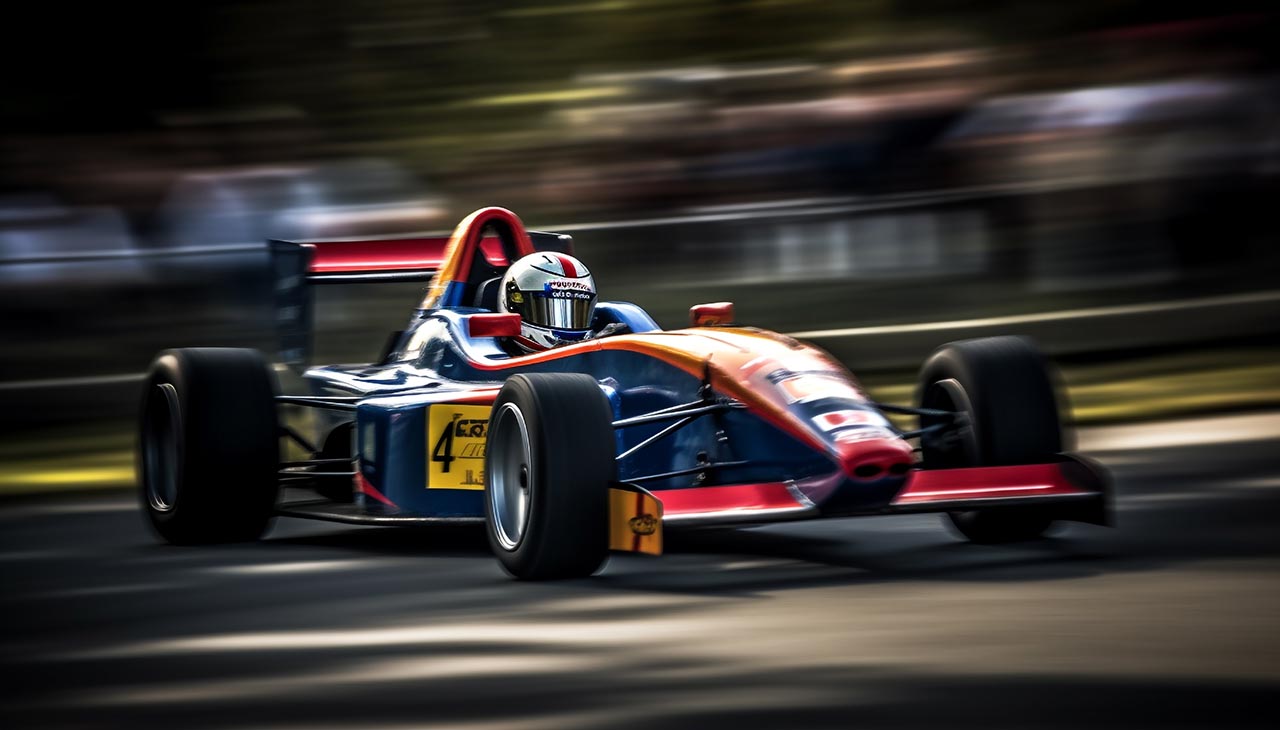
Corner balancing is a critical step in optimizing a race car’s performance on the track. It involves adjusting the weight distribution of the vehicle to enhance its handling characteristics, ensuring that all four tires grip the surface evenly during high-speed cornering. Proper corner balance can significantly reduce tire wear, improve traction, and increase overall lap times. Understanding the principles behind corner balancing is essential for any serious racer looking to gain an edge over the competition.
To achieve an ideal corner balance, it’s important to consider several factors, including the car’s weight, suspension setup, and the dynamic forces acting on the vehicle during a race. This process typically involves adjusting ride heights, spring rates, and the placement of ballast weights. Each adjustment plays a pivotal role in how the car behaves under different driving conditions, making meticulous attention to detail paramount.
In this article, we will guide you through the steps necessary for effectively corner-balancing your race car. From gathering the right tools and data to executing the adjustments and testing the results, this comprehensive approach will ensure that your vehicle performs at its best. With a well-executed corner balance, you’ll not only enhance your driving experience but also maximize your chances of success on the racetrack.
Understanding Weight Distribution and Its Impact on Handling

Weight distribution is a critical factor in the overall handling characteristics of a race car. It refers to how the weight of the vehicle is spread across its four wheels, which significantly influences traction, stability, and responsiveness. Proper weight distribution allows for optimal tire contact with the road, improving cornering performance and reducing tire wear.
The ideal weight distribution depends on the type of racing and the specific dynamics of the vehicle. Generally, a balanced setup, often around 50/50 front-to-rear weight distribution, is preferred for stability. However, certain types of racing may benefit from specific distributions; for example, a rearward bias can enhance acceleration out of corners, while a front bias may improve steering response during tight turns.
As weight shifts during acceleration, braking, and cornering, the car’s handling characteristics also change. During cornering, load transfers to the outside tires, impacting grip levels. If a car is too front-heavy, it may understeer, failing to turn as sharply as desired. Conversely, a rear-heavy car may experience oversteer, where the rear wheels lose grip and the vehicle slides. Understanding these dynamics enables drivers and engineers to set up the car for the best balance and responsiveness.
Adjusting suspension settings, such as spring rates and shock absorber stiffness, can help fine-tune weight distribution and handling characteristics. Additionally, placing heavier components, like the engine or battery, can alter the center of gravity, leading to improved balance and stability. Proper corner balancing, in conjunction with weight distribution considerations, ensures that the car behaves predictably, enhancing driver confidence and performance on the track.
Steps to Measure and Adjust Corner Weights Accurately
Achieving precise corner weights in a race car is crucial for optimal handling and performance. Follow these steps to measure and adjust corner weights accurately:
-
Gather Required Equipment:
- Race scales
- Alignment tools
- Weight distribution software (optional)
- Car jack and jack stands
- Safety equipment, such as gloves and goggles
-
Prepare the Vehicle:
- Ensure the car is empty of all unnecessary items.
- Check tire pressures and adjust them to the specified values.
- Set the suspension settings as desired for racing.
- Remove any loose items from the vehicle that can affect weight.
-
Position the Race Scales:
- Place the scales on a flat, level surface.
- Ensure the scales are zeroed out and calibrated before use.
- Position the scales at each corner of the car as per the manufacturer’s instructions.
-
Weigh the Car:
- Use the car jack to lift the vehicle and place it on the scales carefully.
- Lower the car gently onto the scales to avoid damaging them.
- Record the weight for each corner of the car once it is stable.
-
Analyze Weight Data:
- Compute the total weight and individual corner weights.
- Calculate the cross weights by adding the front left and rear right, and front right and rear left corners together.
- Evaluate the data against your target weight distribution.
-
Adjust Corner Weights:
- Make adjustments using coilovers or adjustable control arms.
- Employ ballast if necessary for achieving desired corner weights.
- Adjust ride height to affect corner weights; lowering raises weight on that corner.
-
Re-Weigh the Vehicle:
- After adjustments, repeat weighing to check new corner weights.
- Continue adjusting and re-weighing until you achieve the desired balance.
-
Verify with Test Drive:
- Conduct a test drive to assess handling and behavior.
- Take notes on handling characteristics and make any necessary final adjustments.
- Seek professional help if needed to fine-tune settings based on track feedback.
Following these steps will help ensure that your race car’s corner weights are measured and adjusted accurately, leading to improved performance on the track.
Common Mistakes to Avoid When Corner-Balancing Your Race Car

One of the most significant mistakes in corner-balancing is failing to achieve a level ground setup. It’s crucial to ensure that the car is on a flat and level surface before beginning the process. If the foundation is uneven, the weight measurements will be inaccurate, leading to improper adjustments.
Another common mistake involves neglecting to check tire pressures before corner-balancing. Inconsistent tire pressures can dramatically affect weight distribution. Always ensure all tires are inflated to the recommended specifications before taking measurements.
Inadequate communication when making adjustments can lead to errors. It is essential for the driver to provide feedback on how the car handles and for the crew to understand these inputs. Ignoring this feedback can result in a setup that does not meet the driver’s needs or expectations.
Many racers overlook the importance of consistently adjusting the corner weights one corner at a time. Adjusting multiple corners simultaneously can confuse the changes’ effects. Focus on one corner, measure, adjust, and then repeat the process for accuracy.
Another frequent error is not properly securing all components before weighing the car. Loose parts can shift during weighing, resulting in miscalculations. Always ensure everything from the fuel load to additional accessories is fastened securely.
Overemphasizing the numbers without considering the car’s overall balance is a mistake. While corner weight percentages are crucial, factors like suspension setup and geometry also play significant roles in how the car handles. Pay attention to how the adjustments influence the vehicle’s dynamics.
Finally, neglecting to document the changes and resulting data can hinder future adjustments. Keep thorough records of all settings to observe trends and learn from previous setups. This information is invaluable for further tuning and improvement.


